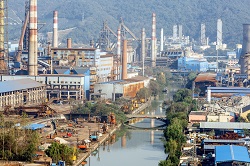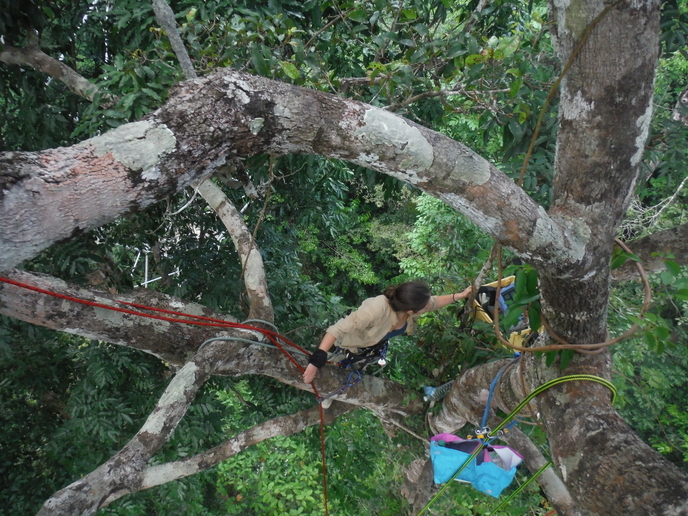Methods for purifying wastewater
Water security remains a major challenge, with drought in the EU amounting to a cost of EUR 100 billion over the last 30 years. Membrane treatment of wastewater is a promising but expensive technology, and results in a concentrated and toxic effluent. The EU-funded project 'Advanced concentrate treatment for integrated membrane based water reuse systems' (ACTIWATE)(opens in new window) was set up to investigate treatment options for this effluent. Such treatment requires the removal of bulk and trace organic chemicals, as well as a salt precipitation step. ACTIWATE has tested the chemical composition of concentrated effluent from two membrane-based water reclamation plants. Researchers measured the average amount of organic carbon present, as well as the concentration of the most common pharmaceutical pollutants (carbamazepine, diclofenac and sulfamethoxazole). Researchers also identified a type of porous carbon as an effective material to adsorb organic compounds. However, negatively charged organic compounds were not removed adequately, and hydrophilic (water-attracting) molecules showed better adsorbtion than hydrophobic (water-repelling) ones. Electrodialysis and forward osmosis were both found to be effective methods of desalination, particularly if chemical scaling can be avoided. It is also important to fully remove all micropollutants before desalination as these procedures could not remove small organic molecules. ACTIWATE is now studying the sustainability of these methods by undertaking a life-cycle assessment. Once complete, the work is set to contribute to water security and sustainability in the EU and globally.







